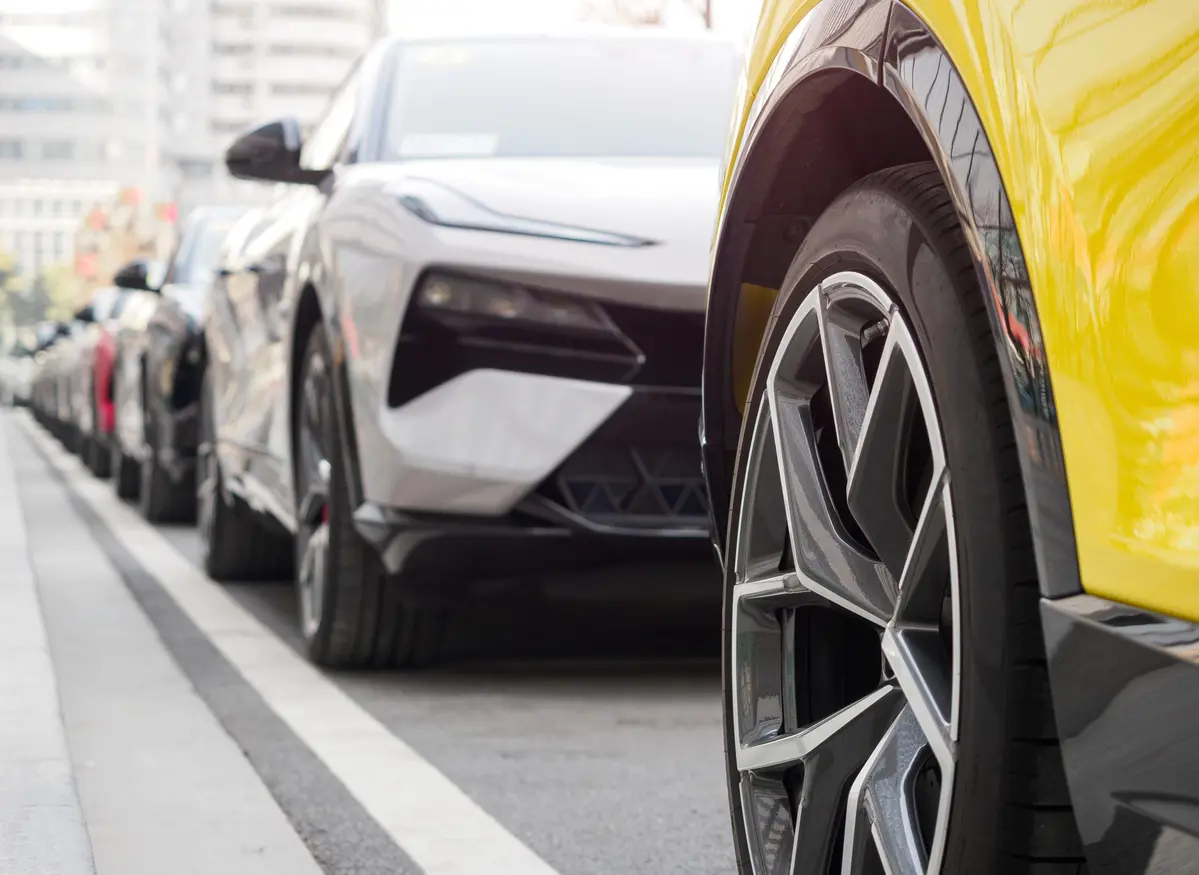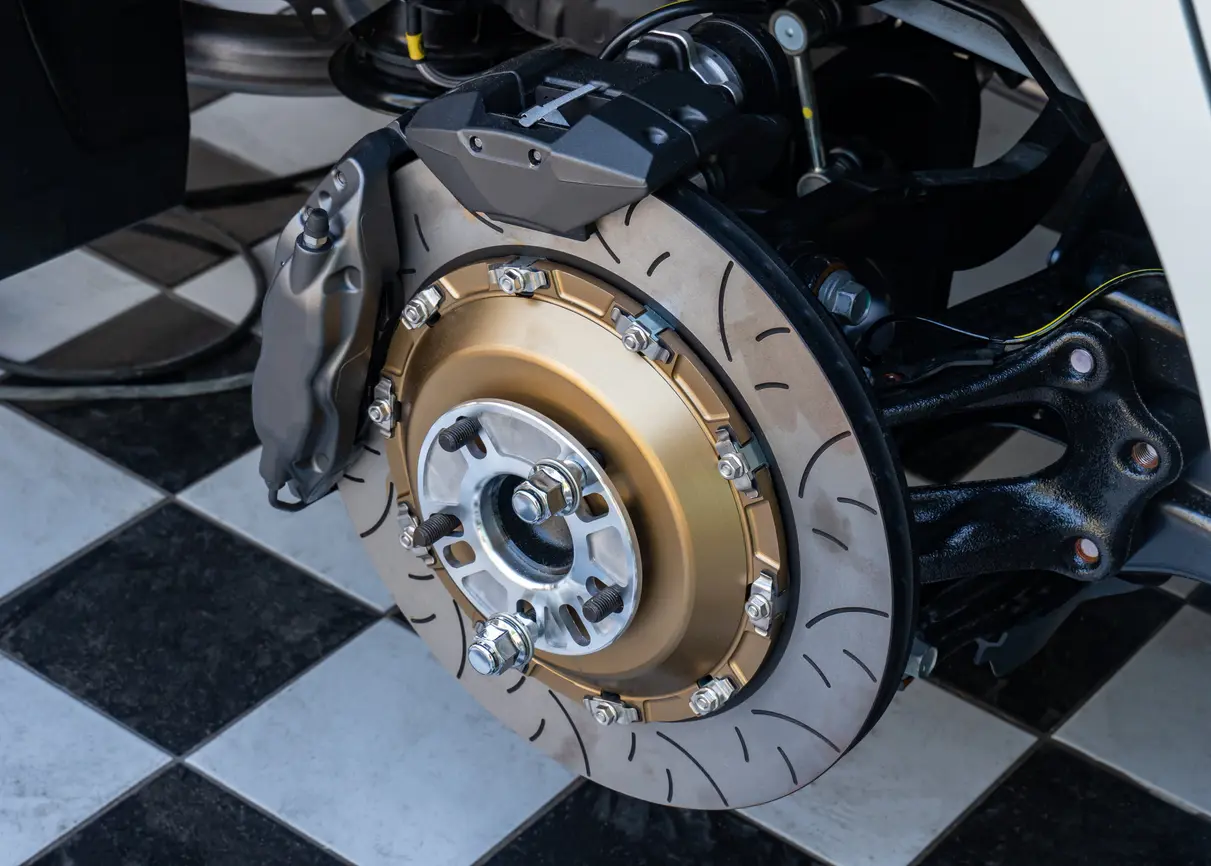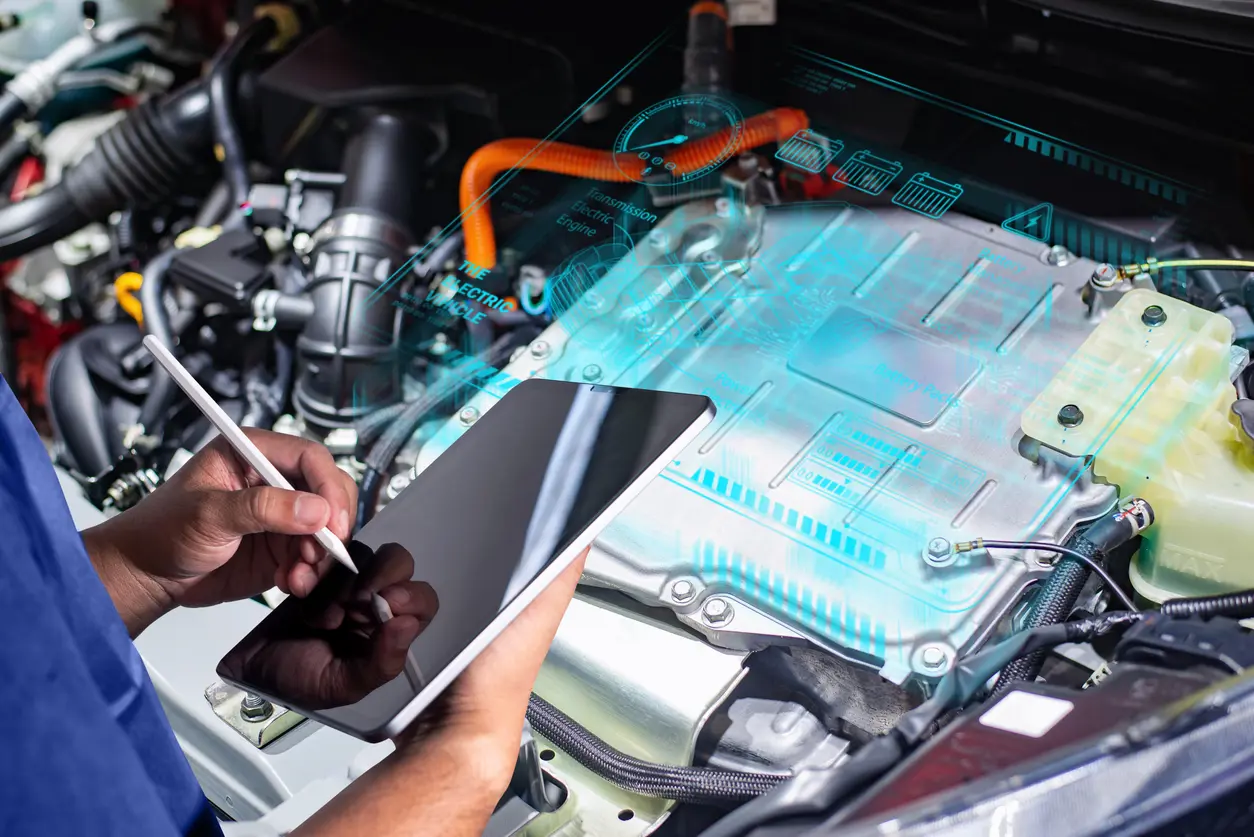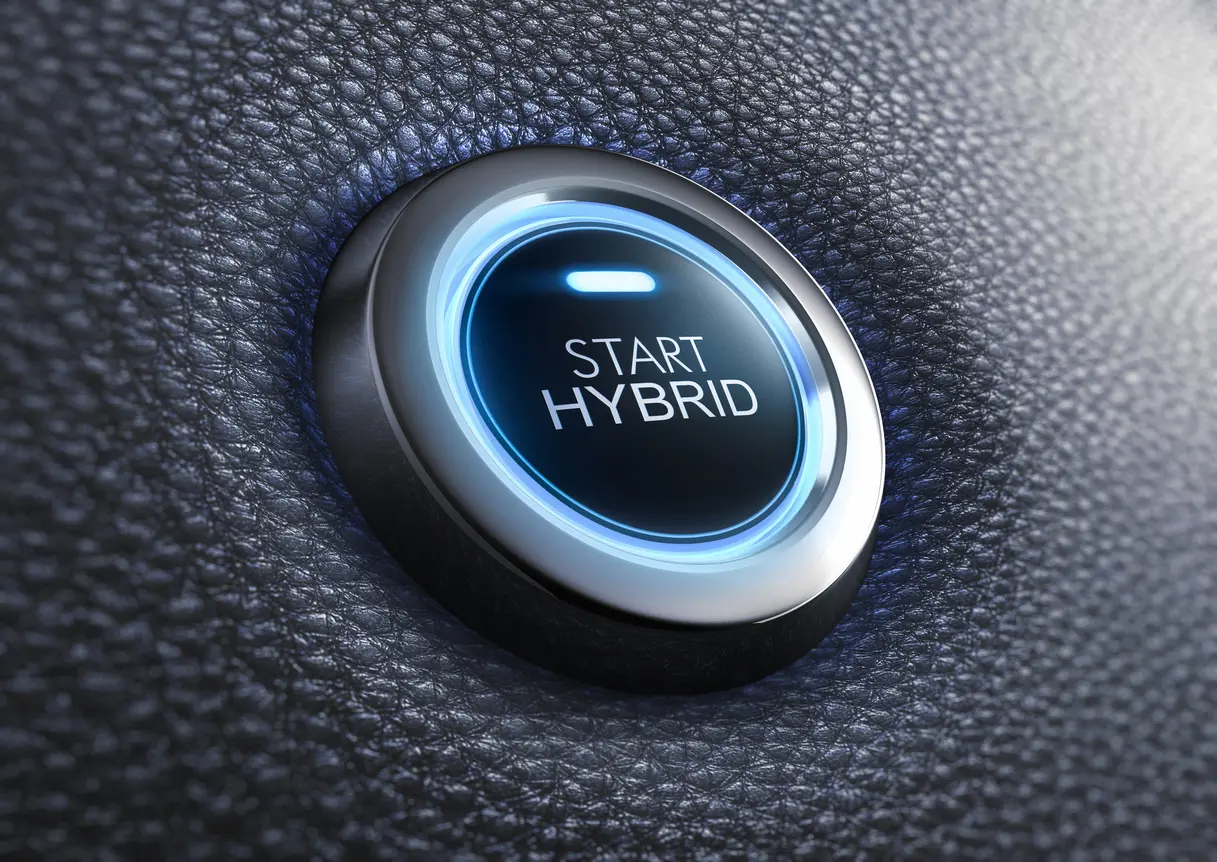About hybrid batteries
Hybrid electric vehicles (HEVs) use high-voltage batteries that have more power than batteries used in gas-powered cars, but less power than those that fully electric vehicles (EVs) use. In a regular car, the battery starts the engine and then powers electrical components. In a hybrid, the battery puts significant energy into moving the car, like an EV battery.
Hybrid batteries are typically made of nickel-metal hydride (NiMH) or lithium-ion cells. They usually last longer than regular car batteries but not as long as EV batteries. If properly cared for, most hybrid batteries only need to be replaced every eight years.
Because of its unique purpose and design, maintenance on a hybrid battery differs slightly from that of other vehicles.
Hybrid battery inspection
Having an expert assess your hybrid’s high-voltage battery can help you avoid expensive repairs. A professional can perform a detailed diagnostic test to identify any potential problems, such as imbalanced cells or degrading components, before they turn into serious issues.
Battery inspections are especially important for older HEVs that don’t have onboard diagnostics. Onboard diagnostics are standard for gas-powered vehicles, but EVs and HEVs have different requirements. Although most modern EVs and HEVs have this software, HEVs manufactured before 2008 may not, making battery inspections more crucial to their longevity.
A battery test only takes a few minutes but can give you confidence that your vehicle is ready to take on the school year.
Find a NexDrive FacilityMore hybrid battery maintenance tips
Aside from getting a professional inspection, follow these maintenance tips to keep your hybrid’s battery in good condition year-round.
Driving habits
Driving your HEV regularly helps keep many of its parts in good shape, including the battery. Not driving your car for several weeks can lead the battery to lose its charge and deteriorate, and you should avoid letting the battery drain completely. Go for regular, even short, drives to keep the battery engaged and charged.
If you won’t be driving for more than a month, consider removing the battery and safely storing it until you next need it.
Watch the charge level
For plug-in electric hybrid vehicles (PHEVs), keep an eye on your charge level. Try to keep the battery charged between 20% and 80% for optimal performance.
Keep it cool
All batteries are at risk in high temperatures. Excessive heat can speed up chemical reactions in an HEV battery, leading to reduced efficiency and a shortened lifespan.
If possible, avoid driving on very hot days and always park in cool, shaded areas out of direct sunlight.
Pay attention to changes
If you notice a change in how your HEV operates or notice a battery warning sign on your dashboard, have your vehicle assessed.
Your owner’s manual or maintenance guide will provide more information on how to best care for your hybrid’s battery.
Finding a professional
NexDrive experts are highly experienced in working on EVs and all types of hybrids. For more advice on your back-to-school maintenance checklist or to book a service, stop by a NexDrive service centre.
Find a NexDrive FacilityOther Resources

Why do electric car tires wear out so fast?
EV tires experience increased tread wear because of instant torque and unsprung weight. Learn why electric vehicles lead to worn-out tires and how to extend the lifespan of EV tires with proper maintenance.

Why regenerative braking is bad for your brake pads
Regenerative braking improves energy efficiency, but can cause brake pad issues because of reduced mechanical brake use. Learn how to maintain your brake system and prevent costly repairs in this article.

Does an EV need regular general maintenance?
Although EVs require less maintenance than gas-powered vehicles, they still need regular care. Learn about battery health, brake maintenance, and more here.
